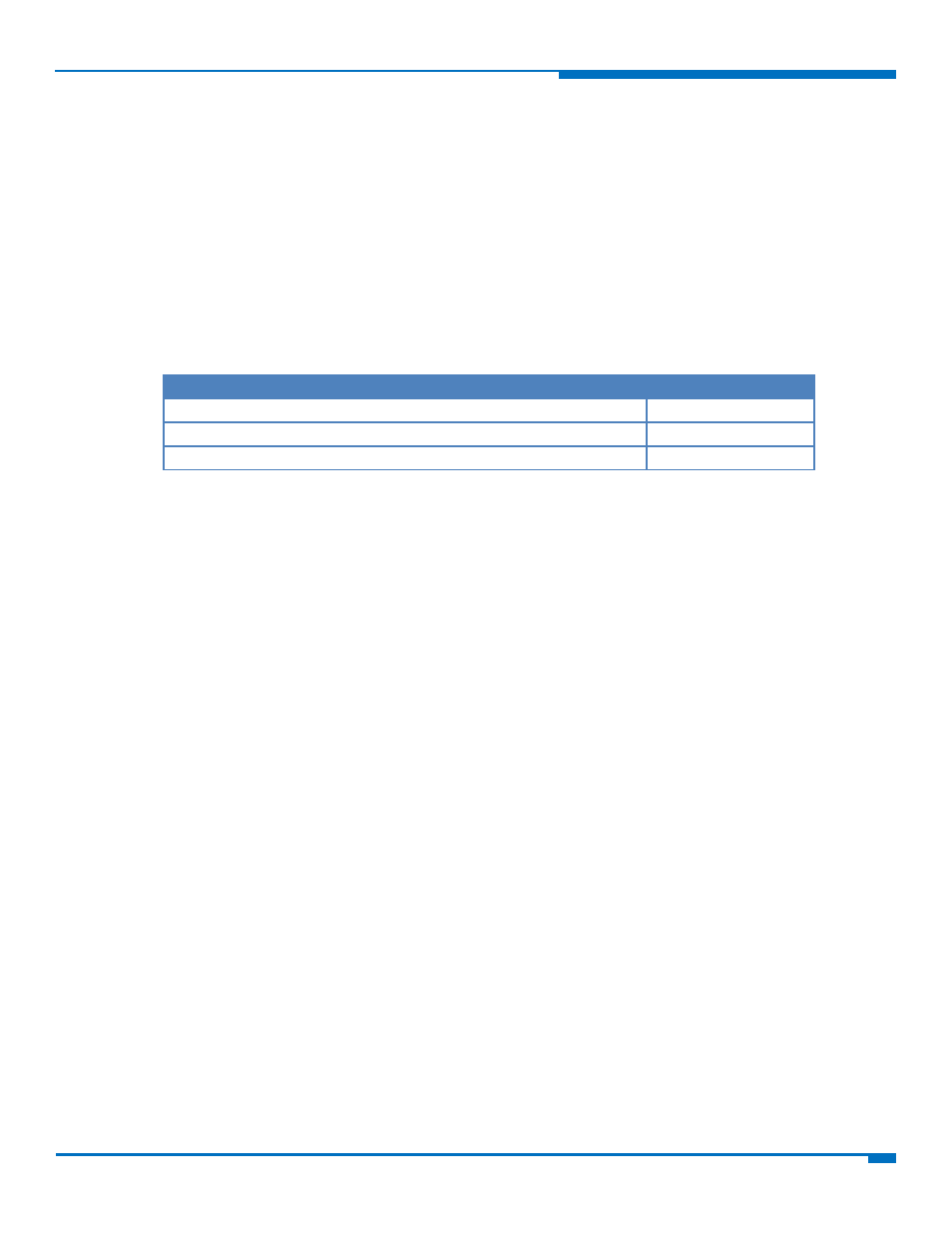Message receiving and reading, New message indications +cnmi, Syntax – Synaccess Networks NP-0801DTM User Manual
Page 126: Parameters and values

3GPP TS 27.005 AT COMMANDS FOR SMS AND CBS
HSPA+ AT Commands Reference Guide
126
Message Receiving and Reading
New Message Indications +CNMI
Set command selects the behavior of the device on how the receiving of new messages from the network is
indicated to the DTE.
Read command returns the current parameter settings for +CNMI command in the form:
+CNMI:
Test command reports the supported range of values for the +CNMI command parameters.
Syntax
Command
Command type
AT+CNMI=[
Set
AT+CNMI?
Read
AT+CNMI=?
Test
Parameters and Values
Unsolicited result codes buffering option.
0
Buffer unsolicited result codes in the TA. If TA result code buffer is full, indications
can be buffered in some other place or the oldest indications may be discarded
and replaced with the new received indications.
1
Discard indication and reject new received message unsolicited result codes when
TA‐TE link is reserved, otherwise forward them directly to the TE.
2
Buffer unsolicited result codes in the TA in case the DTE is busy and flush them to
the TE after reservation. Otherwise forward them directly to the TE.
3
If
while the module is in GPRS online mode. It enables the hardware ring line for 1 s.
too.
Result code indication reporting for SMS‐DELIVER.
0
No SMS‐DELIVER indications are routed to the TE and messages are stored in SIM.
1
If SMS‐DELIVER is stored into ME/TA, indication of the memory location is routed
to the TE using the following unsolicited result code:
+CMTI:
where:
2
SMS‐DELIVERs—except class 2 messages and messages in the “store” message
waiting indication group—are routed directly to the TE using the following
unsolicited result code:
PDU Mode
+CMT:
where:
corresponding to the entry found in MT phonebook. Used character set is the one
selected with command +CSCS.
